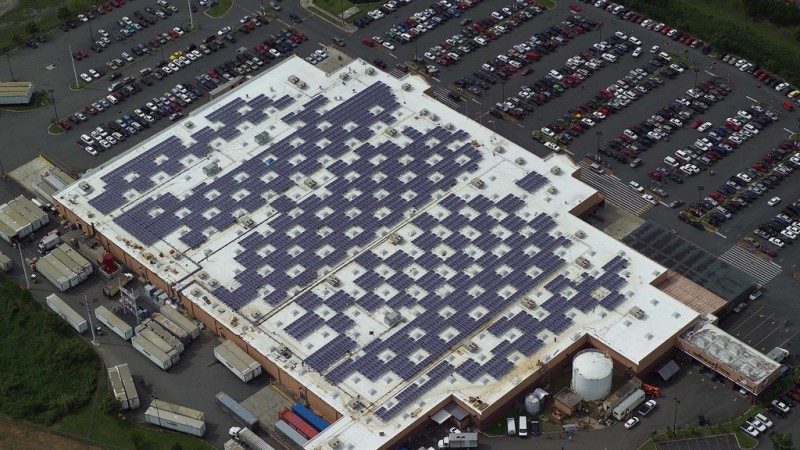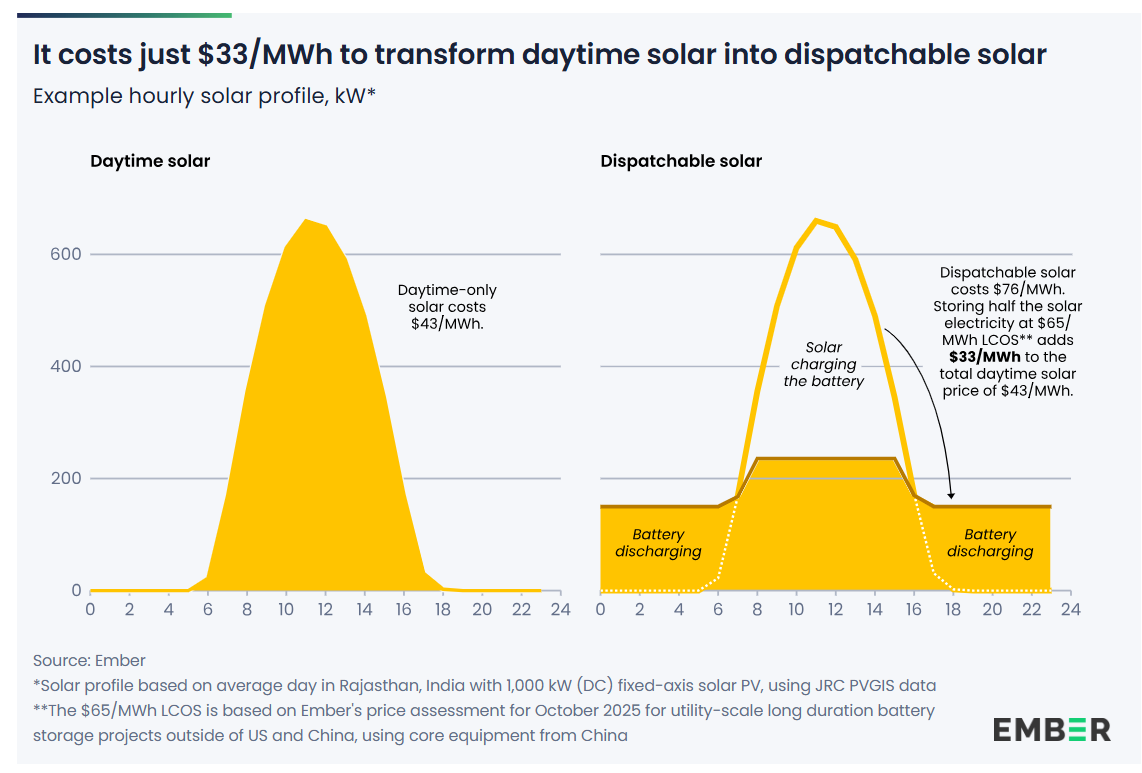Like a college student with horrible stress management skills, Walmart took up some serious retail therapy. But what’s the target (no pun intended)? New clothes? Shoes? Tasteful living room decor? Actually, the answer is a bit more practical: renewable energy.
Today, C2 Energy Capital announced the closing of a deal with the retail giant for 46 solar energy projects across 5 states, with total capacity in the 35-40 MW range.
Range is a rough term, as the only number provided was the 65,000,000 kWh annually that the installations are expected to generate. Assuming a national baseline capacity factor 0f around 20%, and dividing by the 8,760 hours that there are in a year, brings us to that 37 MW estimate (37.1, for anyone doing the math for fun).
While not a massive deal in terms of capacity, it is exceptionally large just for the number of projects covered. These agreements all come as part of Walmart’s goal to power 50% of its operations with renewable energy by 2025. C2 shares that each individual project will supply anywhere from 10-60% of the electricity use for the retail store that it’s paired with.
“Solar is a vital component of Walmart’s expanding renewable energy portfolio,” said Mark Vanderhelm, vice president of energy for Walmart, in the release touting the projects. “Walmart plans to tirelessly pursue renewable energy projects that are right for our customers, our business and the environment. These planned projects with C2 Energy Capital are moving us in the right direction toward our renewable energy goals.”
This is not the first time that WalMart and C2 have partnered up. Last year the retail giant chose C2 to develop 13 projects in South Carolina—12 rooftop and one ground-mounted—and all but the ground-mounted project are now operational.
Walmart has long been a leader in corporate solar adoption, being consistently at the top of the list for corporate buyers and installers of PV. Last fall, the company agreed to a deal with SunPower to install 23 MW of solar across 19 stores and two distribution centers in Illinois. And buoyed by the solar on its own properties, the company ranked as the third-largest corporate buyer of renewable energy in 2018.
This content is protected by copyright and may not be reused. If you want to cooperate with us and would like to reuse some of our content, please contact: editors@pv-magazine.com.









Walmart seems firm on it’s path of big box stores. To DO this in this internet sales boom, needs an edge in controlling the reoccurring energy costs to run a big box store. Perhaps next will be containerized large scale energy storage to use to shift daily over generation to later in the afternoon and at off peak hours to charge the energy storage for the early morning hours before solar PV is up to peak generation.
As more commercial and industrial businesses adopt solar PV and or wind generation to off set their daily energy needs, the next thing will be energy storage, in which the electric utilities themselves will be able to use to run their generation assets more effectively, more of the time.